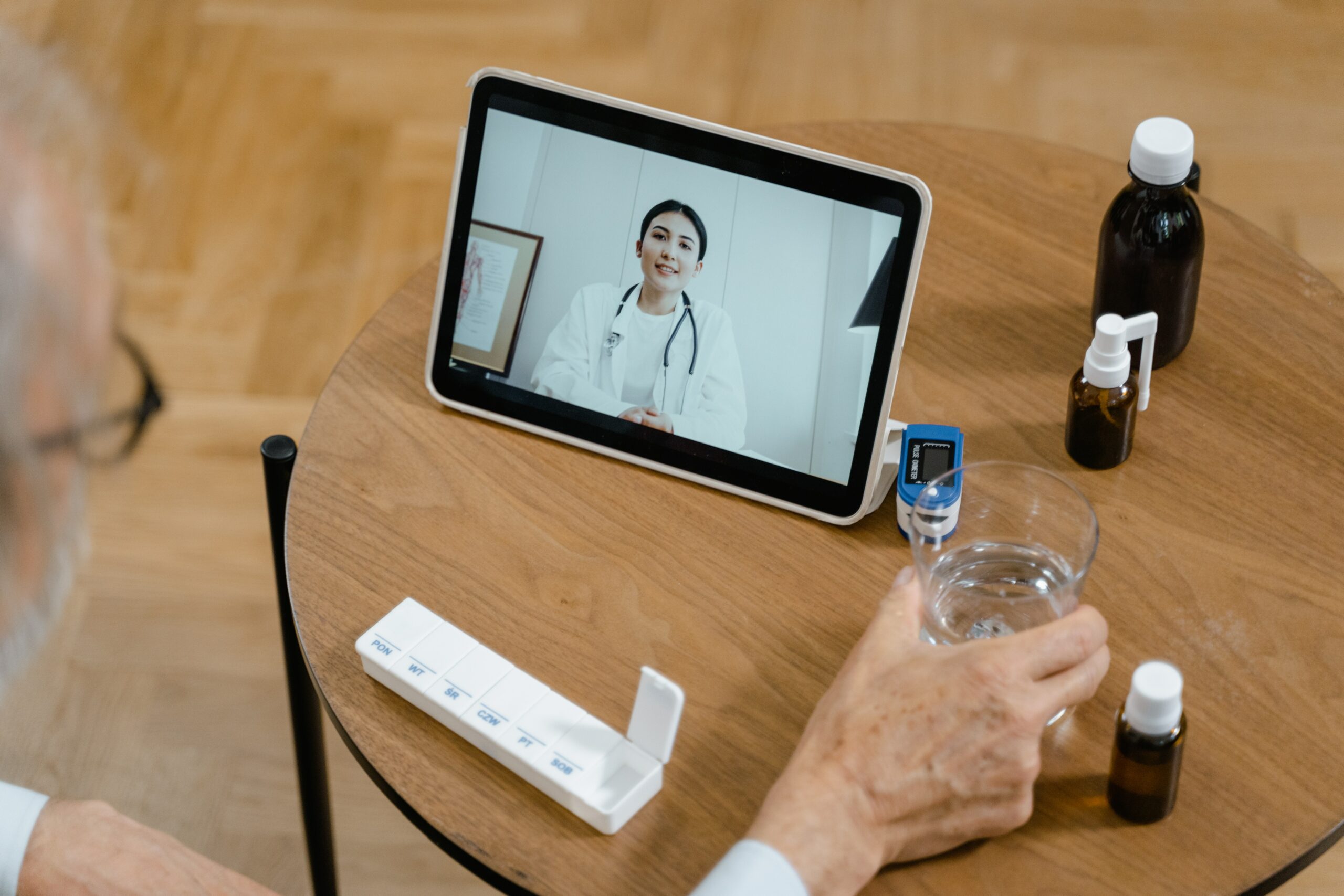medical practice
Category- Advanced Practice
- Allied Healthcare
- Dental
- Healthcare
- medical practice
- Mental Health
- Nurses
- Physicians
- Therapy
Managing Healthcare Shift Work Challenges: Strategies for Well-being and Professional Growth
Shift work is a crucial part of many healthcare jobs, especially in hospitals, emergency services, and various clinics. It can offer you the flexibility you need, along with a higher pay rate due to night shift differentials. However, it can also …
Medical Marketing and Digital Obstacles Faced By Physicians
The mission of medicine is, of course, to help and to heal. But the practice of medicine is also an entrepreneurial endeavor. Clinics are also businesses, and to continue fulfilling the medical mission of caring for patients and families, they mus…
Embracing Holistic Healthcare: The Impact of Open-Mindedness on Quality Care
Holistic healthcare has garnered a poor reputation in recent years. However, that doesn’t necessarily mean you should overlook the importance of holistic care altogether. You may even find that this approach can empower patients and improve health…
3 Things To Keep in Mind When Looking for Remote Healthcare Jobs
Working from home can be a godsend if you value your work-life balance or have responsibilities outside of work. You can spend the time you would’ve spent commuting looking after kids, meeting up with friends, and pursuing your favorite hobbies.
…
Stress, Stamina, and Service: Exploring Healthcare’s Most Demanding Jobs
Healthcare workers are some of the most commendable and hard-working professionals in modern-day society. From dealing with high-pressure situations on a daily basis to picking up the slack caused by professional shortages in the industry, these p…
Five Technological Skills for Accelerating Your Healthcare Career
During the height of the pandemic hospitals were faced with an unprecedented demand for their services. At the same time, they were also forced to make do with fewer personnel than they were accustomed to as nurses and doctors resigned from their …
Exploring the Importance of Communication Skills in the Healthcare Industry
The world relies so much on the healthcare industry. It employs thousands of new workers every year. It’s where people go to get care and improve their holistic health. And we rely on healthcare professionals of various disciplines to develop new …
Tech Investments That Are Worth It for Medical Practices
There are tech solutions out there for all kinds of business needs these days, from social media management to payroll. As a small business owner keeping an eye on expenses, knowing which tools are worth investing in isn’t always easy. The questio…
Turn Your Healthcare RCM Metrics into Action & Drive Significant Financial Change
Delivering standard medical aid to the patients while maintaining profitability is the primary objective of every health care provider. Achieving this balance is no doubt the key to a successful health care business. Moreover, physicians seem more…
Using Medical Technology To Make a Difference in Patient Health Outcomes
Medical professionals are often highly significant individuals whose careers greatly influence their patients’ quality of life.Their combination of education, experience, and skills also makes these workers invaluable contributors to public healt…










